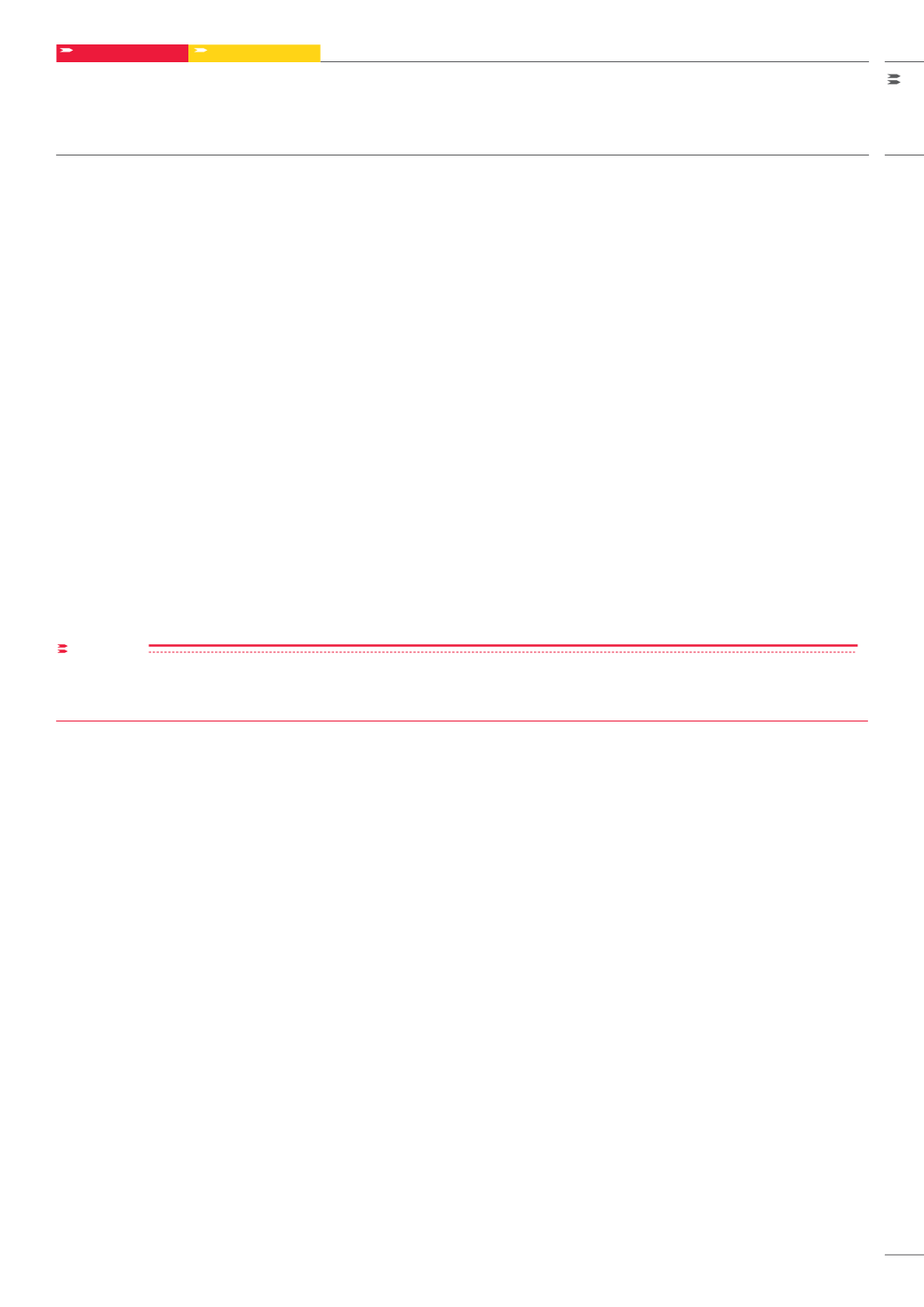
sec
SEC
25
OPTIMIZING GEL FILTRATION WITH TSKgel PW AND TSKgel PW
XL
COLUMNS
Selecting Mobile phase Buffers
SEC separation is based on the difference of apparent molecular size
with no additional interaction between the column matrix and the
sample molecules. In practice, however, a small number of weakly
charged groups on the surface of PW-type packings can cause
changes in elution order from that of an ideal system. The eluent
composition can vary greatly with TSKgel PW columns to be compatible
with a wide range of neutral, polar, anionic, and cationic samples. The
table below lists appropriate eluents for GFC of major polymer types.
For some nonionic, nonpolar polymers, such as polyethylene glycols,
ideal size exclusion behavior can be obtained by using distilled water.
More polar ionic polymers may exhibit abnormal peak shapes or minor
peaks near the void volume when eluted with distilled water, due to
ionic interactions between the sample and residual charged groups on
the resin surface. To eliminate ionic interactions, a neutral salt such
as sodium nitrate or sodium sulfate should be added. Generally, a salt
concentration of 0.1 to 0.5 mol/L is sufficient to overcome undesirable
ionic interactions.
Hydrophobic Samples
TSKgel PW-type resins are more hydrophobic than polysaccharide gels
such as cross-linked dextran. Depending on the sample, this can lead
to hydrophobic interaction as a secondary retention mechanism. The
extent of hydrophobic interaction increases as the salt concentration
of the eluent increases, but it can be reduced by the addition of an
organic modifier such as acetonitrile. Water soluble organic solvents
are frequently used as modifiers to suppress hydrophobic interactions
between the sample and the resin surface.
Modifiers are also used for optimizing the elution of both charged and
neutral hydrophobic polymers. Typical examples for a variety of sample
types are given in the table below. All TSKgel PW-type column packings
are compatible with 20 % aqueous solutions of methanol, ethanol,
propanol, acetonitrile, dimethyl formamide, dimethyl sulfoxide, formic
acid, and acetic acid. In addition, these columns can be operated in
50 % aqueous acetone.
Type of polymer
Typical sample
Suitable eluent
Nonionic hydrophilic
polyethylene glycol
distilled water
soluble starch, methyl cellulose, pullulan
0.01N NaOH
dextran, hydroxyethyl cellulose,
20% DMSO
polyvinyl alcohol, polyacrylamide
Buffer or salt solution (e.g., 0.1– 0.5 mol/L NaNO
3
)
Nonionic hydrophobic
polyvinylpyrrolidone
Buffer or salt solution with organic solvent
(e.g., 20% ACN in 0.1mol/L NaNO
3
)
Anionic hydrophilic
sodium chondroitin sulfate, sodium alginate,
Buffer or salt solution (e.g., 0.1 mol/L NaNO
3
)
carboxymethyl cellulose, sodium polyacrylate,
sodium hyaluronate
Anionic hydrophobic
sulfonated lignin sodium salt,
Buffer or salt solution with organic solvent
sodium polystyrenesulfonate
(e.g., 20% ACN in 0.1 mol/L NaNO
3
)
Cationic hydrophilic
glycol chitosan, DEAE-dextran, poly(ethyleneimine),
0.5 mol/L acetic acid with 0.3 mol/L Na
2
SO
4
, or
poly(trimethylaminoethyl methacrylate) iodide salt
0.8 mol/L NaNO
3
(0.1 mol/L NaNO
3
for PW
XL
-CP type)
Cationic hydrophobic
poly(4-vinylbenzyltrimethylammonium chloride),
0.5 mol/L acetic acid with 0.3 mol/L Na
2
SO
4
poly(N-methyl-2-vinylpyridinium) iodide salt
Amphoteric hydrophilic
peptides, proteins, poly-and oligosaccharides, DNA, RNA Buffer or salt solution (e.g., 0.1 mol/L NaNO
3
)
Amphoteric hydrophobic
blue dextran, collagen, gelatin, hydrophobic proteins
Buffer or salt solution with organic solvent
hydrophobic peptides
(e.g., 20% ACN in 0.1 mol/L NaNO
3
or 35 - 45% ACN
in 0.1% TFA)
table III
Recommended eluents for GFC of water soluble polymer on TSKgel PW-type columns


